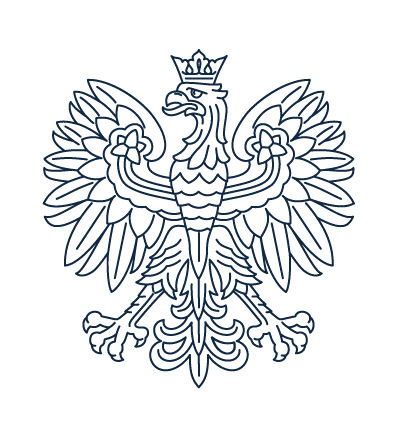DETAILED PROGRAMME (REPERTOIRE) REQUIREMENTS
NOTE: The Examination Boards reserve the right to select works or parts thereof during the entrance examination.
DETAILED REQUIREMENTS
FOR THE UNDERGRADUATE (BACHELOR’S DEGREE) PROGRAMME
One-stage examination: Major exam
an examination in playing an instrument – practical
Supplementary exam
- sight-reading – a practical examination
- a quick study examination (preparation of a provided piece of music – individual work) – practical
Programmes for:
Playing the cello
- Etude or caprice
- Any movement from a selected suite for solo cello by J.S. Bach
- Two movements (varied in character) of a baroque or pre-classical sonata or the 1st movement of a cello concerto.
The programme should be performed from memory.
Playing the double bass
- Etude or caprice
- Two contrasting movements of a sonata or a concerto
- A free-choice piece (solo or with accompaniment)
The programme must be performed from memory.
Playing the knee fiddles
The candidate performs the programme on the violin, viola, cello, double bass or other ethnic instrument.
Programme for classical instruments:
- Scales in 3 octaves, and arpeggios
- Etude or caprice
- One movement of a sonata (from a chosen epoch)
- A fragment of a suite or partita by Bach
- A free-choice piece
Programme for ethnic instruments:
- 2 different scales related to the nature of a selected ethnic instrument and its culture of origin
- one lyrical solo piece from the folk or classical tradition of any culture in the world
- one virtuoso solo piece from the folk or classical tradition of any culture in the world
- one piece with rhythmic or melodic accompaniment, from the folk tradition of any culture in the world
The programme must be performed from memory.
DETAILED REQUIREMENTS
FOR THE GRADUATE (MASTER’S DEGREE) PROGRAMME
One-stage examination: Major exam
an examination in playing an instrument – practical
Supplementary exam
1.sight-reading – a practical examination
2. a quick study examination (preparation of a provided piece of music – individual work) – practical
Programmes:
Playing the cello
- J.S. Bach – Prelude from any suite for solo cello;
- Caprice or etude: D. Popper, Op. 73, A. Piatti, A.F. Servais, N. Paganini;
- Two contrasting sonata movements;
- 1st movement of a cello concerto.
The programme should be performed from memory.
Playing the double bass
- Etude or caprice
- Two contrasting movements of a sonata
- 1st movement of a concerto
- A free-choice piece (solo or with accompaniment).
The programme must be performed from memory.
Playing the knee fiddles
- The ability to play at least one knee fiddle from any continent and music culture of the world. E.g. Bilgoraj suka, Plock fiddle, gadulka, Cretan lyre, rabab, kamancha, sarangi, morin-khuur (horsehead fiddle), erhu, etc. (experimental knee fiddles created nowadays are also allowed, e.g. wspak, tarhu, etc.)
Repertoire:
- a scale related to the nature of the chosen fiddle and its cultural affiliation
- one solo piece belonging to folk tradition of any culture of the world
- one piece with rhythmic accompaniment belonging to folk tradition of any culture of the world
- one folk piece belonging to Polish tradition (oberek, mazurka)
- one piece based on odd rhythm (5/4 or 7/4 or 9/4 or 11/4), melodic improvisation on a musical fragment learned during the exam






